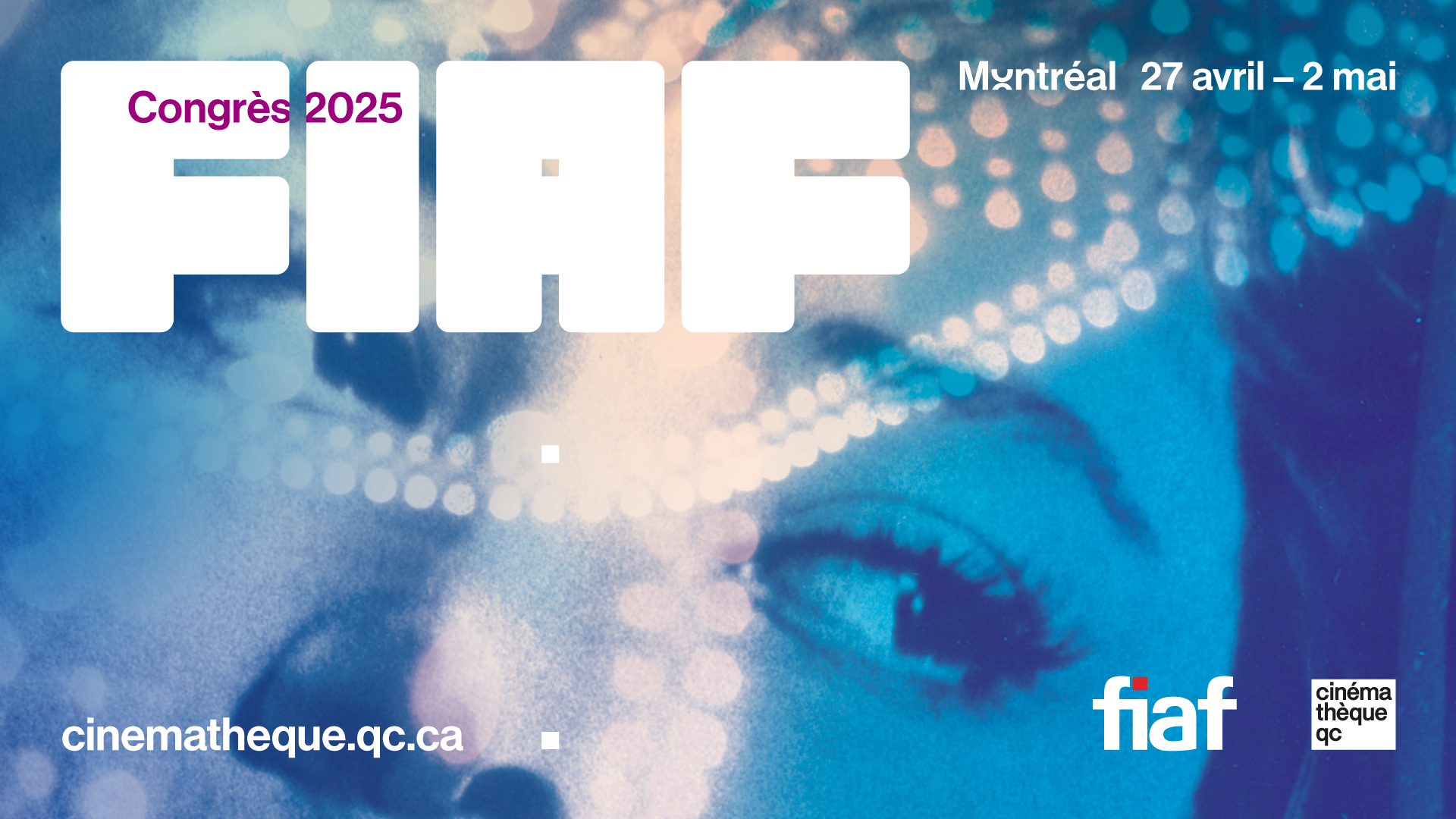The Physical Visitor Experience
A key element in developing your content is thinking about your visitor’s physical experience. Good questions to ask:
- What screen size will a visitor be using to look at this content?
- Will they be standing in the gallery? Will they need way-finding assistance in addition to interpretation?
- Will they be standing in front of a kiosk in a gallery? Or will they be browsing this content at home at their own pace?
In-Gallery
When visitors are onsite there are competing priorities. Visitors may be balancing navigating the galleries and crowds, keeping pace with their group, watching children, as well as exploring the exhibition and collection. Adding a digital component to this experience calls for being sensitive to this visitor experience.
- Mobile first experiences: be sure to limit the length of paragraphs. One long paragraph can occupy an entire phone screen. Breaking up paragraphs with design elements, media, or even white space gives visitors the opportunity to skim and more easily digest content but also gives their eyes a break. Be sure to check out design best practices as well.
- Kiosk In-Gallery: large touchscreens offer much more real estate for text and media but that doesn’t mean we should fill the screen any more than a mobile guide. Historically we know from user testing that more people will engage with a touchscreen but they will invest less time for a variety of factors from group dynamics, standing fatigue, to accessibility challenges. What this means for you as a content creator is to be wary of using up all of that real estate with text.
- The average visitor will spend 2-3 minutes at a touchscreen. Given this, craft your content around the visitor’s attention span. If a visitor spends 30 seconds at the kiosk, what do you want them to walk away knowing? What about the visitor who invests 1 minute, 2 minutes, and 3 minutes?
- Don’t forget to think about design.
Online Experiences
Online exhibitions and learning experiences benefit from their ease of access beyond the museum walls. Often audiences are accessing these experiences at home on their couch, at work, and in the classroom. They will not experience standing fatigue or group dynamics as they would in-gallery. This frees your museum’s content creators to build stories with more breadth and depth, offers the option for resource pages, and external resources.
- When developing your online exhibition, evaluate how best to tell the story in an online format. You can choose to have the story align with the physical exhibition, if one exists, but you can also break free from the format to tell the story through different themes, chronologically, and more.
- If your online experience has a significant amount of content, make it easy for audiences to remember where they left off with clear delineations – categories, themes, sub-themes, section headers.
- Layer your content. An online exhibition is an experience that can be revisited multiple times by a virtual visitor. Layer your content so visitors can go a bit deeper each time. This is also a great way to avoid overwhelming your audience on their first visit to the online exhibition.
- External resources are great for helping your audience dive deep into a story but be cautious of linking out to too many external resources. Make each click count. Ideally your visitor is spending time in the app so when possible, include your surveys in the app, ask people to vote in the app, upload PDFs and media. Try to limit how frequently you’re linking your audience out of your app – they may not remember to return.
Content Development By the Numbers
Content pages
We recommend keeping text to less than 150 words but you can break these rules! If you break the rules:
- Make sure it’s worth it – you’re breaking the rules for good engaging content, not pretty writing.
- Add fun interactives to create the sense of two-way communication. This helps your visitors feel like active participants rather than passive learners.
- Bold keywords and important concepts to help them stand out to audiences who are skimming the page.
- If the content on a page includes several concepts, break it up. Create thematic paragraphs or sections on the content page and add a header so your visitor understands the thesis of each section. This makes it easier for your visitor to frame up the story in their head and skip to the parts they’re most interested in.
If you use video, make sure not to load up with too much other text and media on that content page. Video is a much beloved media type but it also uses a lot of people’s attention span on a page.
Media
Be conscious of how many pieces of media live on each page and how much engagement they require.
- Audio interpretation should aim to be less than 90 seconds per page assuming it also lives on a page with text and image content.
- If you have multiple audio files on a single page, make it clear what each audio experiences is about so your visitor can invest their time on an experience that is meaningful to them.
- Videos should aim to be less than 60 seconds. If your video is longer, cut your text. While many visitors love video, it also uses up a lot of focus and energy because it requires the visitor to focus their sight and hearing on the video. There is no option to skim or passively listen without watching.
- If your app is media rich, be sure to think about the time investment on each page but also cumulatively. While a single page with two text paragraphs and a 30-second video is acceptable, an entire tour or kiosk experience with that content format will quickly exhaust your visitor’s attention. If a content page requires investment, make sure the pages that precede and follow it are much lighter.
Titles, Headers, and Subtitles
These elements help your visitors decide whether to engage or not or which digital experience to dive into. Try to use compelling and descriptive titles that speak to content, its intention, or what’s interesting about it.
- Use a question – this helps visitors understand what questions will be answered in the app and what knowledge they’ll walk away with after the digital experience
- Call out their use case – are you trying to serve visitors that come during lunch breaks or perhaps families with young children? Fold this visitor experience into the title or subtitle, especially with a mobile guide. This makes it easier for visitors to choose the ideal experience as well as understand the time investment and outcome.
- Lead with the exhibition name or collection object title. This is probably the most common solution for good reason: the visitor is standing in front of the space or object and wants to learn about it. Now they have visual confirmation they’re looking at the right content page along with key information – the object name, maker information, and year.




